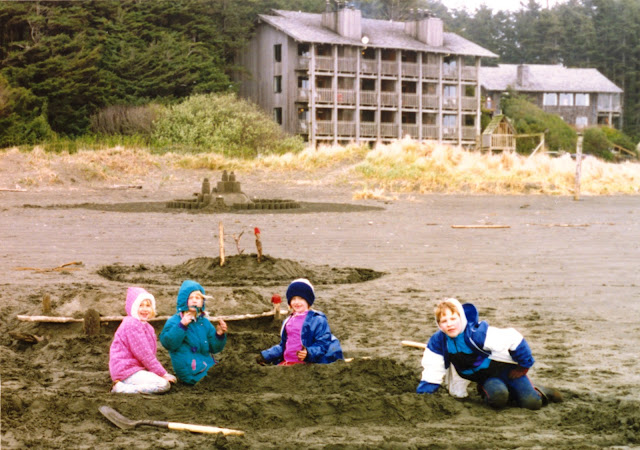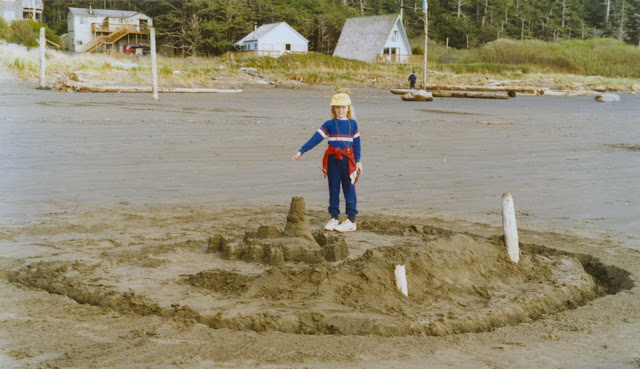In a couple of blog posts late last year, I wrote about the digitization of fifteen 16mm home movies (each ranging from 15-20 minutes long), recorded from July 1958 to August 1965, as well as ten Hi8 videotapes recorded from May 31, 1993 through March 1, 2003 (each about two hours long). They were digitized, for FREE (well, except for the cost of postage to send them, and a 1TB portable drive for the digitized files), in the Texas Archive of the Moving Image (TAMI) Film Roundup, where I submitted them on Halloween in 2020.
A couple days ago, I was contacted by TAMI and told that a selection of materials from my submissions can now be viewed on the TAMI website here:
Here's an image of what my "collection" page currently looks like on the website:
The films from 1963 and 1964 are the complete film reels as recorded by my step-grandfather, Wallace Franklin "Archie" Archibald (1896-1970), each approximately 16-17 minutes long, and soundless. They capture various childhood scenes, mostly in Houston, Texas, including Easter egg hunts, birthday parties, amusement park visits, Halloween, and a trip to the Houston Zoo.
They also include a Labor Day weekend visit to Hilltop Lakes in Leon County, Texas, and a family trip to El Jardin del Mar, a community near Pasadena, Texas. Both were places where my great uncle Robert Lee Brown (1908-1970) and great aunt Edith Elizabeth Wolfe Smith Murff Brown Gould Knox (1910-2006) owned some property.
The films from 1998 and 2000 are ones I shot when my offspring were young. They are good-sized segments (about 14 and 12.5 minutes respectively) of scenes in Texas, that are parts of longer (about 2 hours) videotapes with the same kinds of family activities as those from 1963 and 1964 - only those are in Washington state (for the most part). Understandably, TAMI is going to focus on Texas scenes in segments it highlights on its website.
The 1998 film shows a rodeo in Bandera, Texas, that we went to while visiting the nearby Dixie Dude Ranch with my parents that summer. The 2000 film shows a Houston Astros baseball game that we attended with my aunt and other nuns in what was then called Enron Field (now Minute Maid Park).















